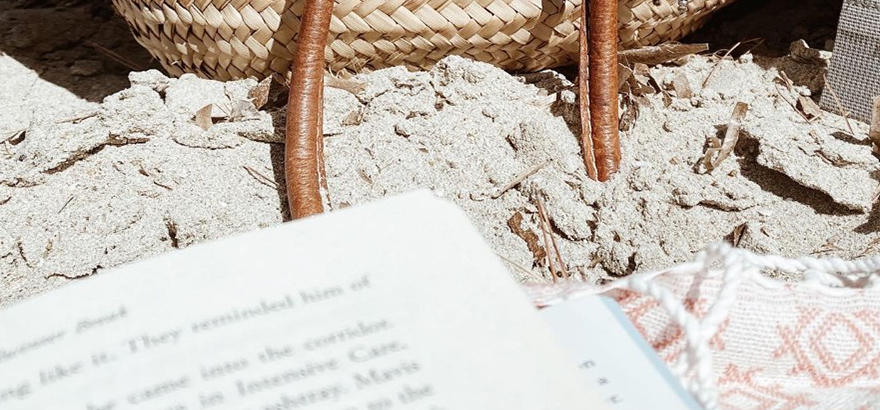
El olor del bosque / The Smell of the Forest (L’odeur de la fôret in its original, French edition by Arléa), coedited by Periférica & Errata Naturae in Spanish, was a mandatory read after enjoying the first novel, The People in the Photo (Gallic Books) / Eux sur la photo by the French author, Hélène Gestern.
Hélène Gestern’s signature style
You will not be disappointed if you felt in tune with the tone and the ingredients in The People in the Photo and therefore wish for these to be permanent pillars in Gestern’s signature style throughout her authorship. Because I believe they are; photography, history, legacy, heritage, family constellations and research (and secrets!), both World Wars, the French Resistance… it’s all there! Add feminism, correspondence and poetry and you got the whole picture.
Does studying Black and White photographs set your mind wandering, imagining the lives and characters behind the portrayed people’s faces? It does to mine. Every time. And this is probably one of the reasons why I enjoyed the book so much. Furthermore, other (for me) positive trigger elements present in the novel are nostalgy, unanswered questions due to deceased witnesses, the power of imagination and the human longing for inclusion. In short, our need to belong, to be a part of something bigger than ourselves. Without doubt, I tune in to Gestern’s books thanks to these factors that seem to fascinate us both.



Pace and drive
El olor del bosque is not a short novel. On the contrary: nearly eight hundred pages tell the parallel stories of the different characters’ intertwined lifelines. We follow the main character Élizabeth, a grieving widow whose life takes an abrupt turn thanks to an unexpected inheritance and a demanding investigation project. Whereas both determinants force her to come out of her somber shell they also push her back to life. (Read the full synopsis in Spanish here).
The story pace is irregular, as correspondence is mixed with the main story thread. In the middle part the rhythm slows down. The adjectives seem to multiply and the inner dialogues expand. This didn’t bother me significantly, as I enjoyed a quiet, slow paced read at the end of the month. However… I confess that I would use my red pen here and there. Undoubtedly, the novel would gain with a more steady drive.
What I loved about the novel
- The way Élisabeth’s more and more frequent stays in the countryside house in Laligny are described as part of her reeducation, a post grief process in which she learns how to function and socialise again.
- The sensibility that Gestern applies to the historian’s investigative work with documents and postcards. On the one side the technique; the framing, the stamps, the aesthetics… On the other side (literally) the message. Banalities, melancholy, contained voices, postponed love…
- Hélêne Hivert, the main character from The People in the Photo (Eux sur la photo) appears in the story, a most pleasant rendez-vous!
- The portrayal of interesting, independent female characters.
- How the dead and the living characters in the novel seem to communicate with each other, like a dialogue that defies laws and barriers.
- The credible testimony of the soldiers’ conditions and the trench warfare during the Great War through a young French soldier’s eyes — and camera lens. Moreover, in his determined attempt to deliver the truth about the pointless war, he managed to circumvent the French governmental censorship. For instance, he sent the undeveloped camera rolls to a dear friend who kept the controversial originals in a safe place and sent the others back to the front. The official attempts to glorify the army’s achievements are heavily criticised. Similarly, the absurdity of the massive killing of young European men is expressed in the soldier’s more and more pessimistic letters.
- Hélène Gestern honours the memory of Tamara Isserlis by naming one of the female characters Tamara. Read more about this young, brave woman who’s life ended way too soon here (in French). Also see the book’s In Memoriam in the picture below.
The side effects…
There’s a drawback, of course, from reading El olor del bosque; it generates an urgent wish to visit France! Although Paris is depicted attractively enough, what most appeals to me is a prolonged roadtrip, discovering the French countryside, especially the Auvergne region described in the book. What was a post grief awakening for Élisabeth Bathori, could easily become a post pandemic project for me!






